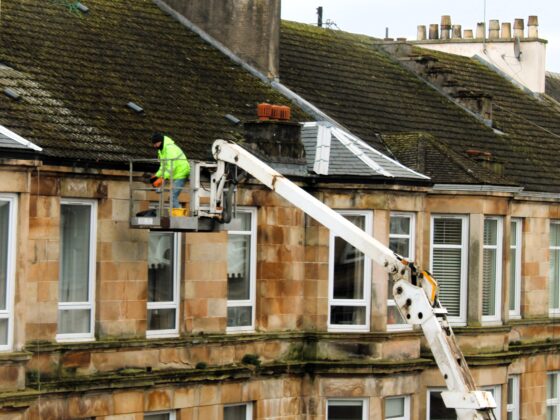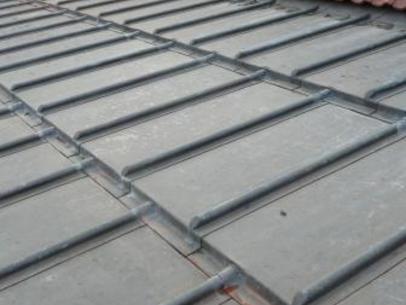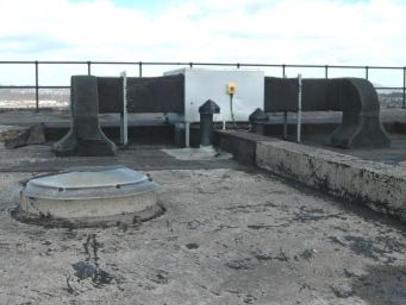In our June newsletter and on our social media, we asked for information and tips from tenement owners who have successfully set up an owners’ association. We received several responses and one owner agreed to be interviewed about their experience.
There were mixed responses to this survey but overall, most owners found the experience of having an owners’ association a positive one.
Below are the key takeaways and some tips for setting up your own owners’ association.



The positives
“We were able to address key concerns within a few months and improve the shared areas within two years, with estate agents commenting we had increased values of properties by over 10%, and made rental flats easy to let where it had been difficult due to run down areas.”
“An important benefit is having a data base of contacts, updated regularly, (and accessible only by office bearers) to enable immediate contact of owners for any repairs/ emergencies/ tenant problems.”
“We talk and share discussion about what the building needs.”
The challenges
“Frequent hostile responses from absent owner landlords.”
“The factor (local authority) is also majority owner and does not want other owners involved.”
“It’s given us the mechanism to get maintenance done by having an official structure. The downside is that out of four tenements only three co-owners have joined. This means that as long as there is a majority vote, the non-joiner has to comply. We send them a copy of the meeting minutes as a courtesy but they think that if they don’t join they don’t have to comply despite what the title deeds specify. Disputing payment with this one co-owner delays work which pushes up costs.”
“It is a very positive experience seeing the results of the work and getting positive feedback. However, after a while it is difficult to get people willing to be office bearers.”

Interview with Derek
Of those who completed the survey, we were able to interview Derek to find out more about his experience of having an owners’ association in his building.
Derek moved to his property in 2003, a few years after the building had been converted into four flats. He was familiar with the Tenement (Scotland) Act and the Tenement Management Scheme from his work, so he knew about and understood the potential benefits of having an owners’ association. Additionally, he recognised the need for one in his building:
“There were no arrangements for factoring and repairs had been carried out by a handyman, cash in hand, who was a pal of one of the owners. No records. There were constant roof leaks, so I suggested we form an owners’ association, which the other owners agreed to.”
Derek approached the other owners and suggested they either needed to appoint a factor or set up an owners’ association. They agreed to the latter and the first step was to set up a maintenance account to cover repair costs, which they managed to do by setting up a business account with the bank.
“We agreed a monthly contribution to a maintenance fund, which except on one occasion has covered our maintenance costs. The one exception was a major roof refurbishment which came to nearly £100K.”
The running of the association has been relatively smooth, but Derek pointed out that if their building had more people or more problems, it would be more challenging, and he’d consider suggesting appointing a factor instead. He has also had to take on a fair bit of the organisational work to keep the association running.
However, for the most part, the association has been a success as repairs and maintenance have been completed relatively easily. The association communicates largely by email and if a new owner joins the building they are informed in advance of the owners’ association and their responsibilities.
“Cooperation is essential. We have been fortunate in that it has worked well for us.”
It is clear from our interview with Derek and the survey responses that having an owners’ association can be challenging. But they also highlight the benefits of having one when it comes to maintaining and managing a tenement flat, such as improved communication, making the common repairs process easier, and ensuring there is the money readily available to cover repair costs.
Learn more about owners’ associations.





